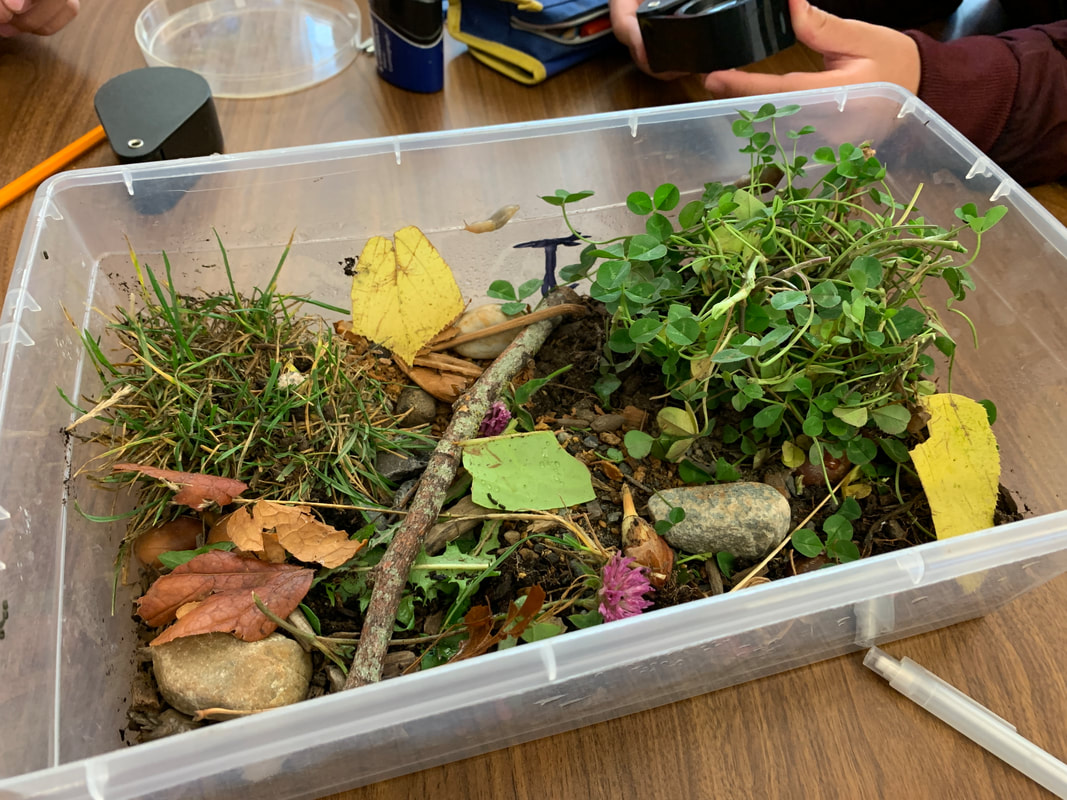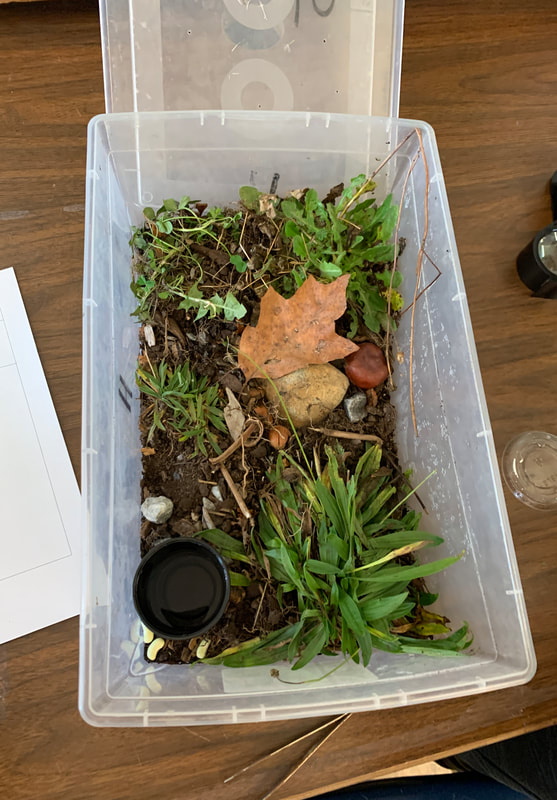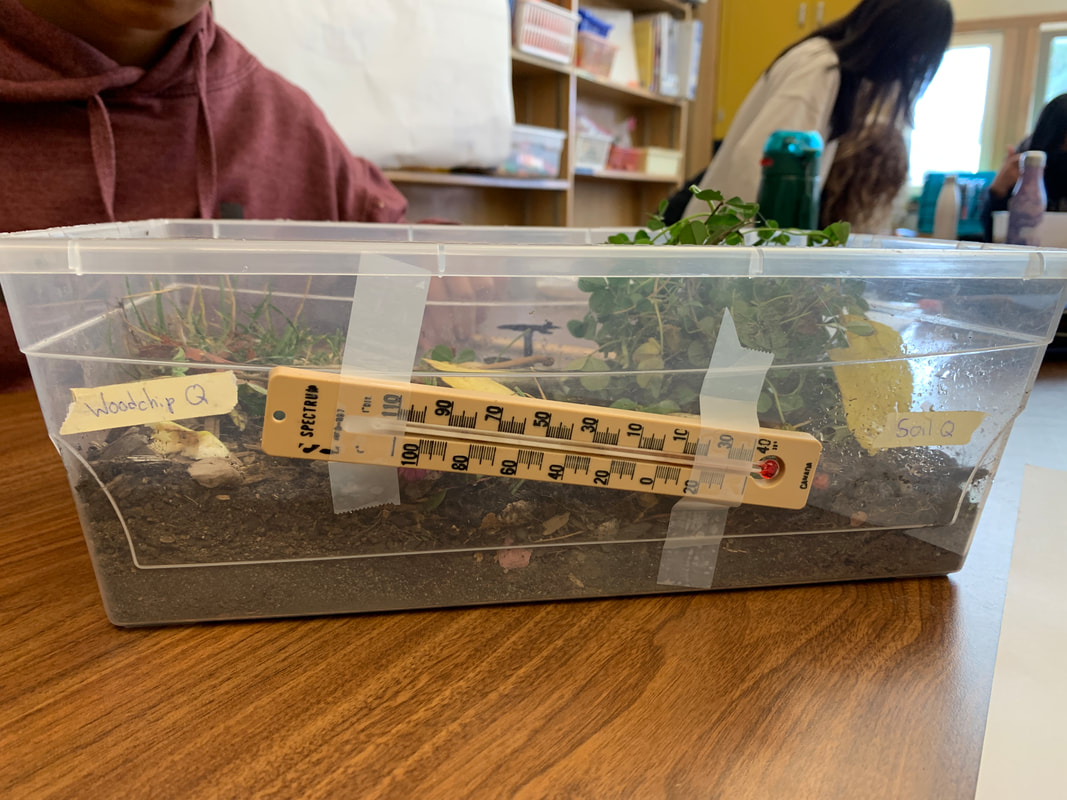| Today's students completed their first round of observations. They learned the difference between qualitative and quantitative observations. Students will be collecting data over the next several weeks. The dad I will be analyzed and used to determine if the ecosystem met the needs of the organisms. Participating in hands-on science provide students the opportunity to become scientists. They have the criteria for success and now all they have to do is follow it, explore and learn. |
1.) WORD WORK: Analysis and Test Thursday
2.)MATH: Unit test Thursday on Numeration: COMPLETE THE PRE-TEST TONIGHT and be sure to bring it to school tomorrow!
- Click here for the pre-test (click)
- If you can do everything on this pre-test you will be ready for the unit evaluation on Thursday!
4.)SCIENCE: ECOSYSTEM OBSERVATION #1
4.) POST A RESPONSE: Watch the video posted below and then write a paragraph about what you have learned
- LEARNING INTENTION: I can explain the difference between qualitative and quantitate observations using examples
- SUCCESS CRITERIA:
1.) PARAGRAPH FORMAT: intro/body/ conclusion.
2.) GIVENS: Pay close attention to your spelling, capitals, punctuation, grammar, sentence structure, etc.
3.) INTRO: Make it as exciting and engaging as possible.
4.) BODY: Include at least 2-3 examples for each type of observation from your ecosystem observations today.
5.) CONCLUSION: Tie up your paragraph smoothly.
6.) PEER FEEDBACK/SELF-ASSESSMENT: Give 1 student 2 things to improve on based on the above criteria.
7.) REVISED VERSION: Based on the feedback you receive or the self-assessment you complete, post a revised version as a reply to your original post.








 RSS Feed
RSS Feed
